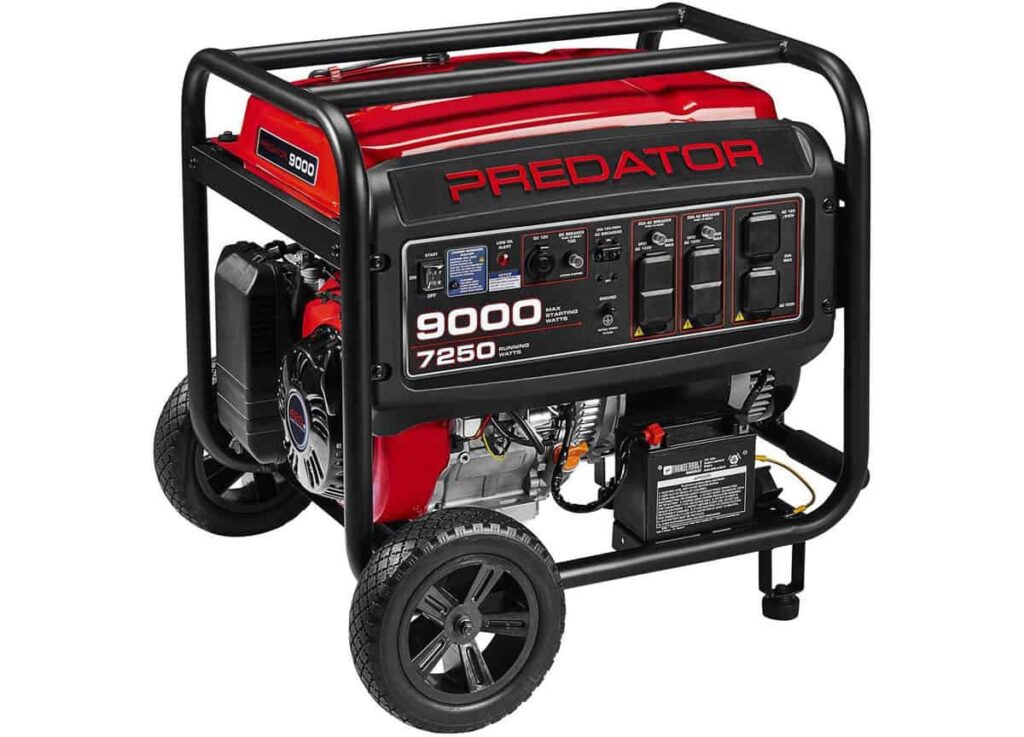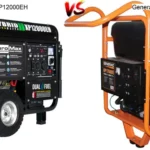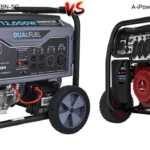Generators have become an essential tool for many homeowners, outdoor adventurers, and commercial business owners. With so many options available, it can be difficult to know where to start. That’s why we created this comprehensive guide to the Predator Generator THD. Here, you’ll find the information you need to make an informed decision when it comes to generator purchase, use, and maintenance. Read on to find out all you need to know about Predator generators, reviews, and how to get the most out of your purchase.
What is THD?
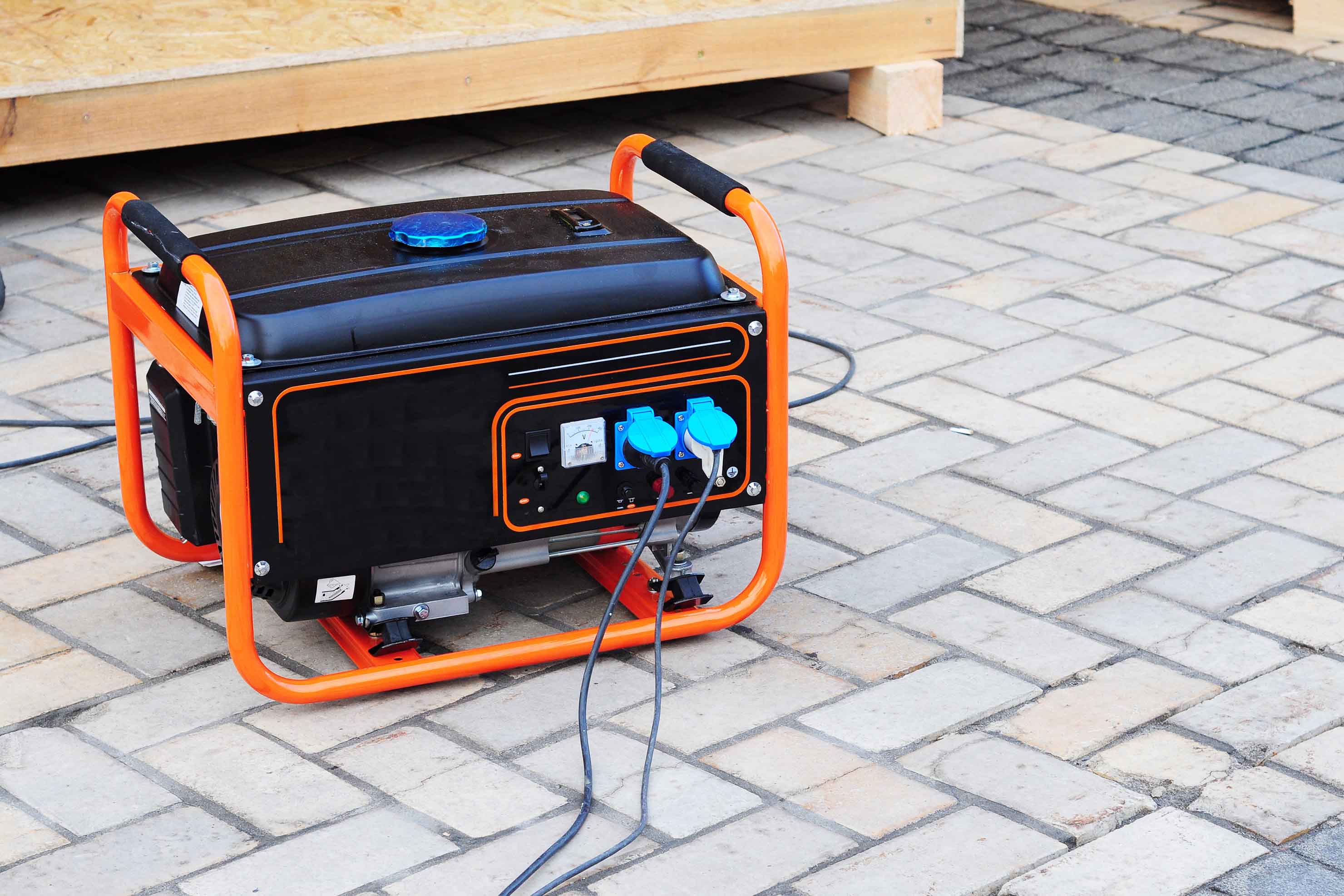
THD stands for Total Harmonic Distortion, which is a measure of the distortion present in an electrical signal. THD is typically used to measure distortion in audio systems, but can also be used to measure distortion in power systems. In the case of a generator, THD measures the level of distortion present in the output voltage or current from the generator. A higher THD indicates higher levels of distortion, and a lower THD indicates lower levels of distortion. Generally speaking, a lower THD is preferable for high-quality audio applications, while a slightly higher THD is acceptable in power systems and applications. Predator generators typically have a THD of less than 5%, which is considered low distortion and suitable for any application.
What is a Predator Generator?
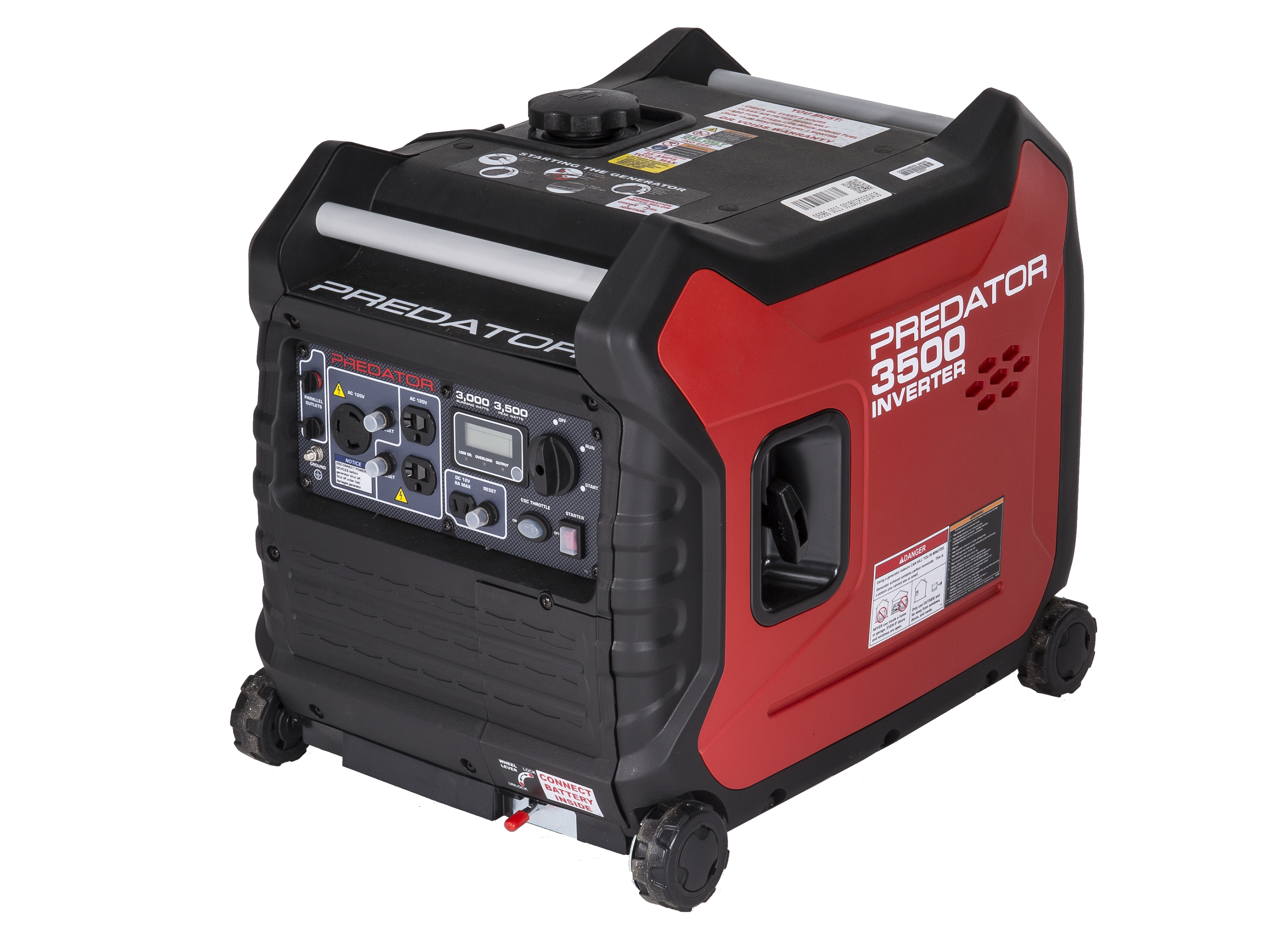
A Predator Generator is a type of generator manufactured by Harbor Freight Tools. It is designed for use in both residential and commercial applications, and is available in a variety of sizes and power outputs. It is known for its efficiency and quiet operation, making it an ideal choice for those who need reliable power in an emergency or remote location.
The Predator Generator is powered by a four-stroke, air-cooled engine that runs on gasoline, propane, or natural gas. It has a low total harmonic distortion (THD) rating of less than 3%, which makes it one of the most efficient generators on the market. This low THD rating enables it to provide clean, dependable power to sensitive electronics such as computers, televisions, and gaming systems.
The Predator Generator also features an electric start with a recoil backup, allowing the user to start the generator quickly and easily. It also has an overload protection system, a low-oil shutdown protection system, and a digital hour meter for tracking maintenance. Additionally, the Predator Generator comes with many optional accessories, including a wheel kit, battery charger, and transfer switch.
Predator Generator THD
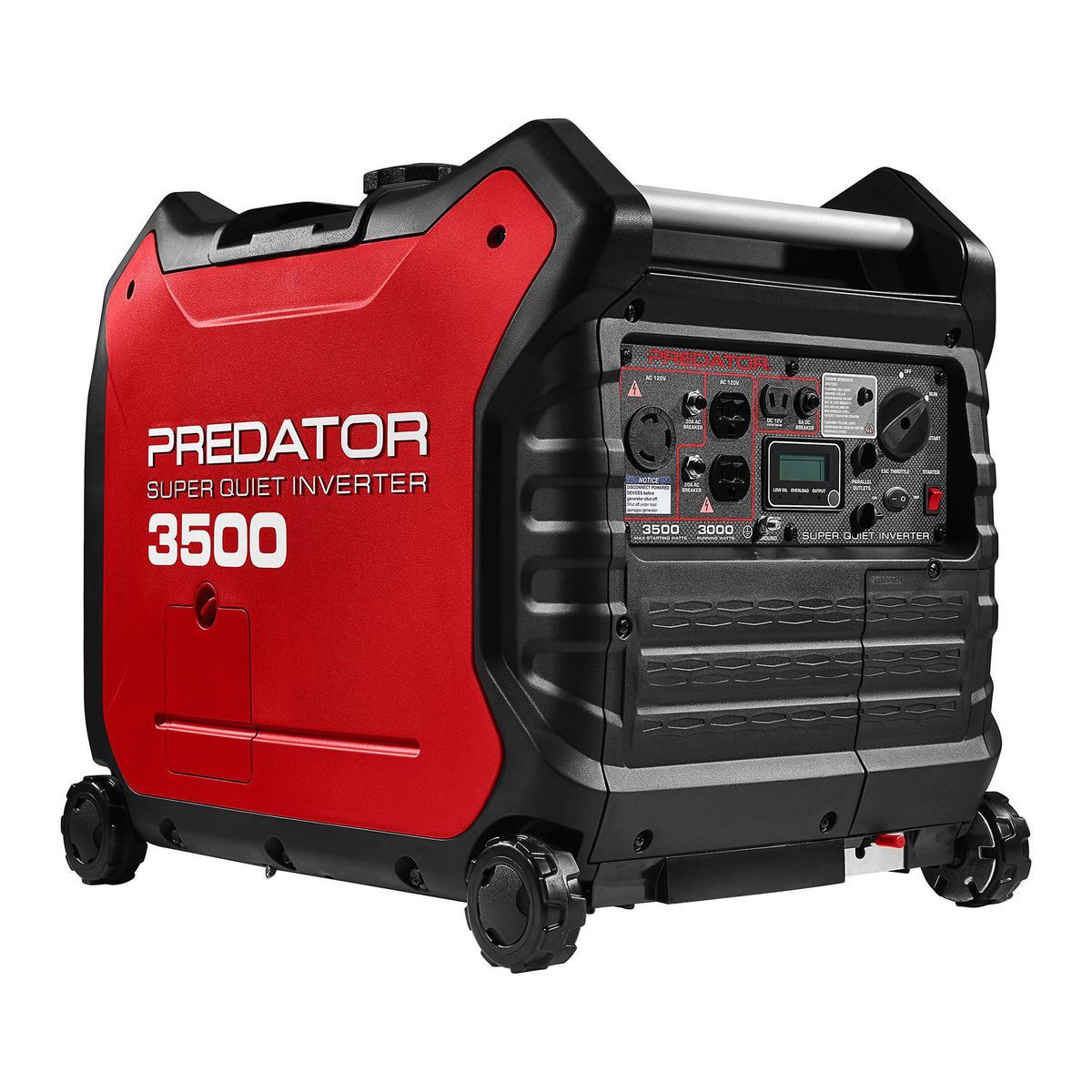
The Predator Generator THD is a powerful and reliable generator designed for home and outdoor use. It is powerful enough to provide up to 6,000 watts of power, allowing it to run multiple large appliances, lights, and tools simultaneously. The generator is also equipped with a built-in Total Harmonic Distortion (THD) feature that limits the amount of distortion present in the power output. This helps to protect connected equipment from damage due to power spikes or surges.
The Predator Generator THD is powered by a 420cc air cooled OHV engine and is designed to run on both gasoline and propane. This allows the generator to run for up to 12 hours on a single tank of fuel. It also features low oil shut-off protection that will automatically shut the generator off if the oil level becomes too low. Additionally, the generator is equipped with overload protection and circuit breakers that will help to prevent damage due to overloading.
The Predator Generator THD also features an easy to use control panel with an LCD display. This display can show voltage, frequency, and total harmonic distortion level. The control panel also features two 120V AC outlets and one 120/240V AC outlet that allow users to plug in multiple devices. Additionally, the generator comes with a wheel kit and handle, making it easy to move around.
Overall, the Predator Generator THD is a powerful and reliable generator designed to provide reliable power for home and outdoor use. It is equipped with a built-in Total Harmonic Distortion (THD) feature that helps to protect connected equipment from power spikes and surges. The generator is also powered by a 420cc air cooled OHV engine and can run on both gasoline and propane, allowing it to run for up to 12 hours on a single tank of fuel. Additionally, the generator comes with an easy to use control panel with an LCD display and multiple AC outlets for easy connectivity.
Benefits of Low THD
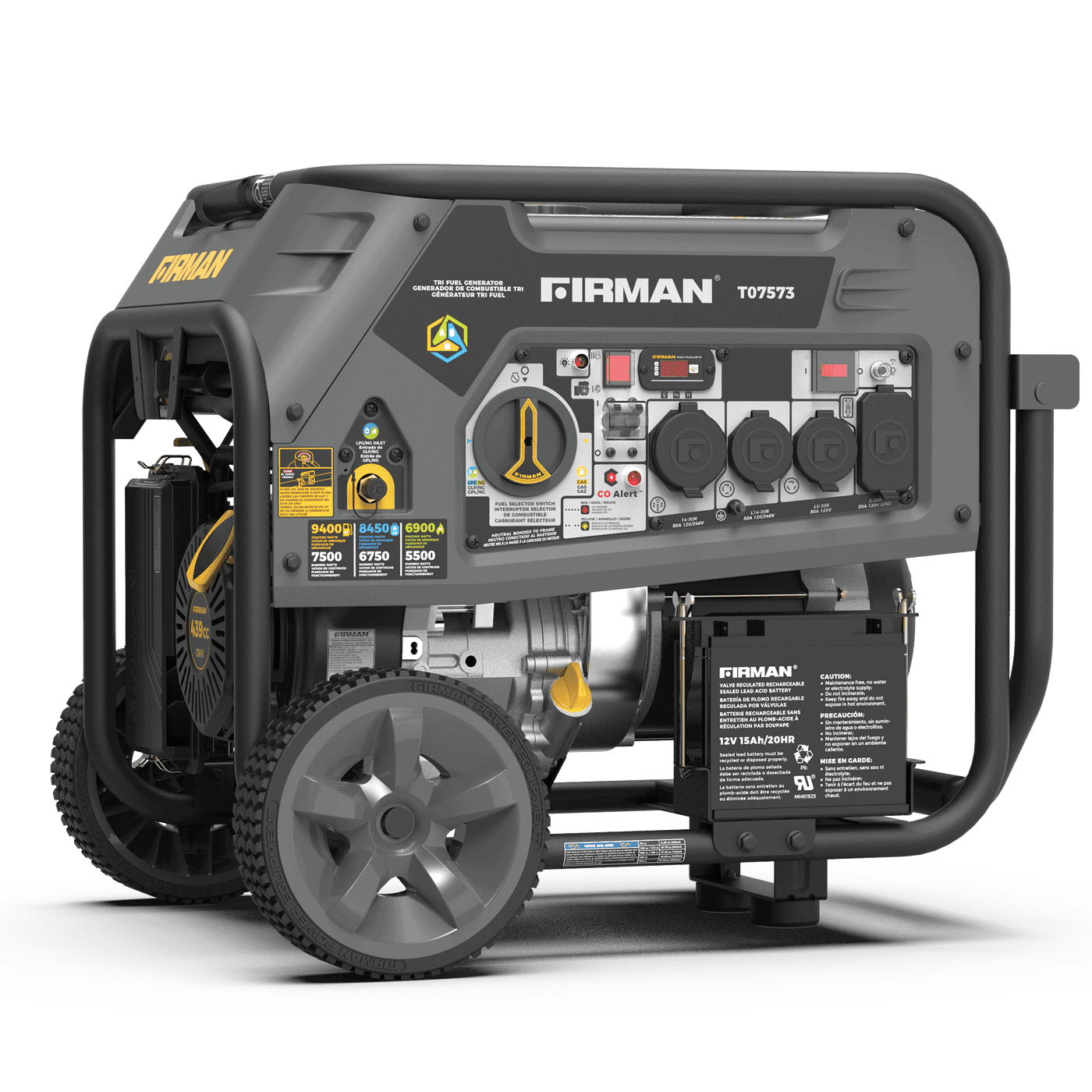
- Increased equipment lifetime – Low THD reduces the amount of mechanical and electrical stress on the generator and its associated components, leading to a longer lifespan.
- Improved power quality – Low THD reduces the amount of harmonic distortion, which can cause electrical equipment to malfunction or even be damaged.
- Reduced energy costs – Low THD generators reduce energy costs by allowing the generator to run more efficiently, using less fuel and producing fewer emissions.
- Reduced environmental impact – Low THD generators reduce the amount of pollutants released into the atmosphere, making them more environmentally friendly.
- Improved safety – Low THD reduces the amount of electrical noise and interference, making it safer for people and equipment to be near the generator.
Factors that Affect THD
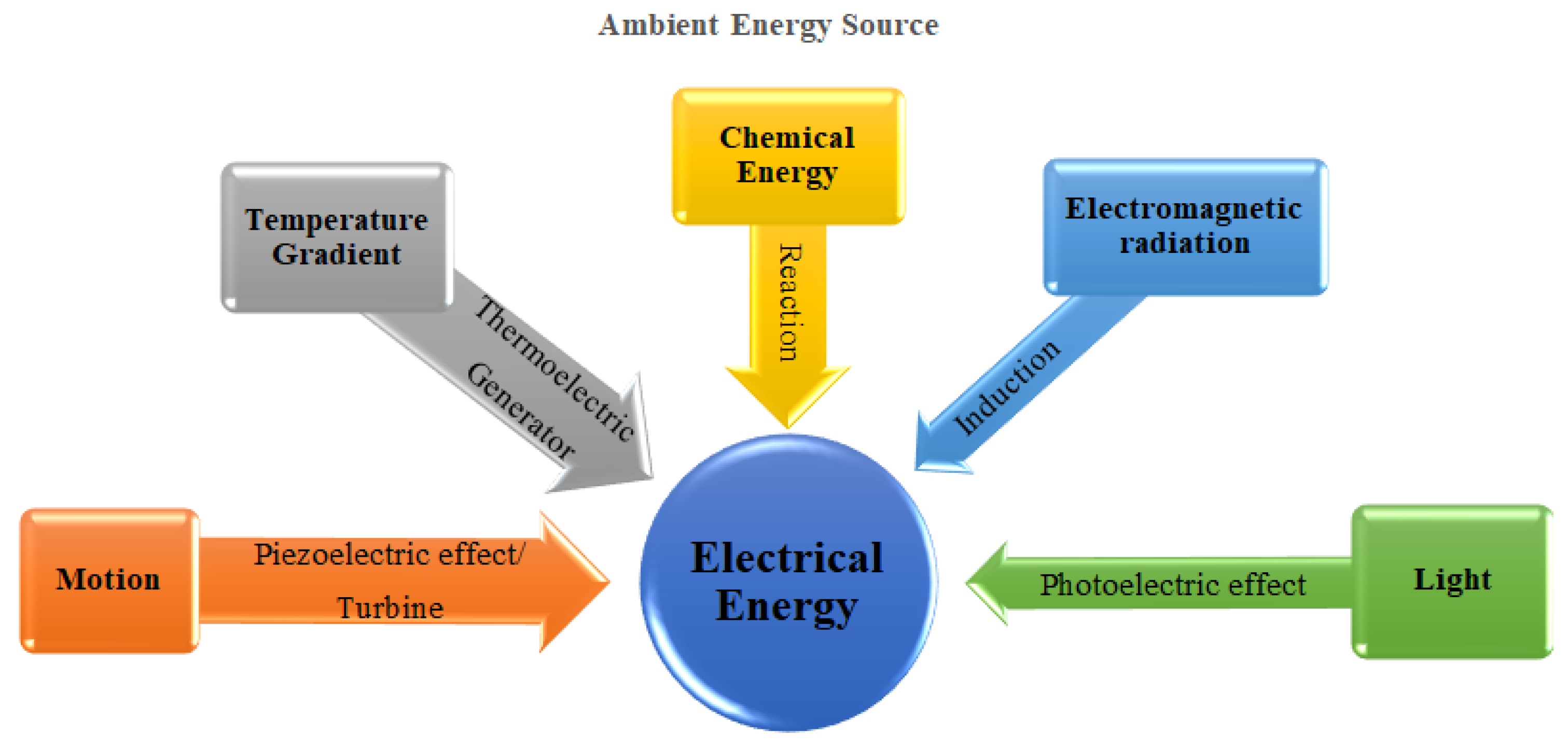
Total Harmonic Distortion (THD) is an important factor for evaluating the quality of a power generator. The smaller the THD value, the better the power quality generated.
There are several factors which could affect the THD value of a generator. These are as follows:
| Factor | Description |
|---|---|
| Load Type | The type of load connected to the generator can affect the THD. Non-linear loads, such as computers and other electronic devices, may cause higher THD levels than linear loads, such as motors. |
| Generator Size | The size of the generator can affect the THD. Smaller generators may have higher THD levels than larger generators since they are more prone to voltage and frequency fluctuations. |
| Generator Frequency | The frequency of the generator can also affect the THD. Higher frequencies tend to increase the THD level and lower frequencies tend to decrease the THD level. |
| Generator Voltage | The voltage of the generator can affect the THD. Higher voltage levels tend to increase the THD while lower voltage levels tend to decrease the THD. |
| Generator Speed | The speed of the generator can also affect the THD. Higher speeds tend to increase the THD level and lower speeds tend to decrease the THD level. |
| Generator Operating Temperature | The operating temperature of the generator can also affect the THD. Higher temperatures tend to increase the THD level and lower temperatures tend to decrease the THD level. |
It is important to note that the THD value of a generator is not a static number but can vary depending on the load, size, frequency, voltage, speed, and operating temperature. As such, it is important to monitor and adjust these factors to ensure the highest quality of power generated.
How to Reduce THD
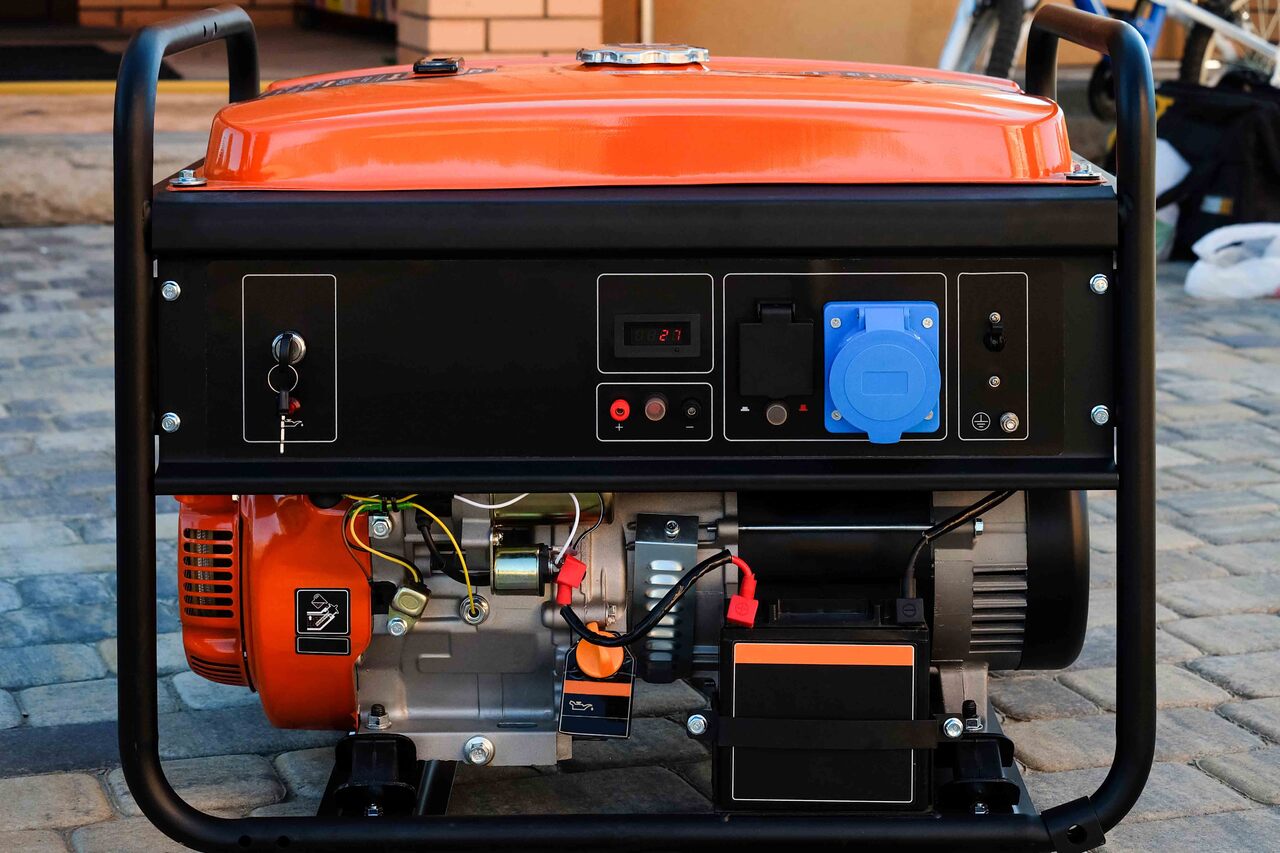
Total Harmonic Distortion (THD) is a measure of the amount of distortion in an electric signal. In the case of predator generators, THD is the ratio of the output signal to the input signal, measured in decibels. High THD levels can result in poor sound quality and power outages. Fortunately, there are several steps you can take to reduce THD in predator generators.
Steps to Reduce THD in Predator Generators:
| Step | Description |
|---|---|
| 1 | Inspect the generator and its wiring for any loose connections or other issues. |
| 2 | Check that the generator’s voltage regulator is functioning properly. |
| 3 | Check the generator’s output frequency for any drift. |
| 4 | Check the generator’s power factor to make sure it is within the desired range. |
| 5 | Replace the generator’s capacitors if they are damaged. |
| 6 | Install a high-quality power filter to help reduce THD. |
| 7 | Install a harmonic filter, which can reduce the amount of harmonic distortion in the output signal. |
By following these steps, you can reduce THD in predator generators and help ensure that the generator is providing consistent, high-quality power.
Tips for Buying an Inverter Generator
An inverter generator is a great choice for people who need a reliable, efficient and portable power source. Inverter generators are typically quieter, more fuel efficient, and provide cleaner power than traditional generators. When shopping for an inverter generator, there are several important factors to consider.
Size and Weight
Inverter generators come in a range of sizes and weights. If you plan on using the generator for camping trips, tailgating, or any other outdoor activities, you will want to look for a lightweight model. Heavier models are better for powering larger appliances or powering equipment for a job site.
Output
When shopping for an inverter generator, you should consider the wattage output that is required for your needs. Make sure to check the wattage of the appliances and tools you plan on using to make sure the generator you choose can power them.
Fuel Efficiency
Inverter generators are known for their fuel efficiency, but some models are more efficient than others. Look for an inverter generator that has a fuel-efficient engine and a low-emissions rating.
Noise Level
Inverter generators are known for being quieter than traditional generators. Look for an inverter generator with a low decibel rating, as this will help keep noise levels down when in operation.
Other Features
Other features to consider when shopping for an inverter generator include portability, start-up time, and ease of maintenance. Look for a model that comes with features such as an automatic shut-off, a digital display, and remote start.
Price
Inverter generators come in a range of prices, so it is important to consider your budget before making a purchase. Make sure to research different models and compare prices to find the best value.
Warranty
When shopping for an inverter generator, it is important to make sure it comes with a good warranty. This will ensure that you are protected in case of any defects or problems with the generator.
Table
| Factors | Considerations |
|---|---|
| Size and Weight | Lightweight models for portability; heavier models for larger appliances or job sites |
| Output | Check wattage requirements for appliances/tools to be powered |
| Fuel Efficiency | Look for fuel-efficient engine and low-emissions rating |
| Noise Level | Look for low decibel rating |
| Other Features | Automatic shut-off, digital display, remote start |
| Price | Research models and compare prices to get the best value |
| Warranty | Make sure the generator comes with a good warranty |
By considering these factors when shopping for an inverter generator, you can ensure that you get the best value for your money and a generator that will meet your needs.
Frequently Asked Questions
1. What is Total Harmonic Distortion (THD) in relation to Predator generators?
Total Harmonic Distortion (THD) is a measure of the distortion present in an alternating current (AC) voltage or current waveform. It is a measure of the harmonics or higher frequency signals that can be introduced into a power system due to the non-linear loads from electronics and other non-linear devices.
Predator generators are powered by inverters, which are more efficient than conventional generators, but produce more harmonic distortion. This harmonic distortion is referred to as Total Harmonic Distortion (THD). The higher the THD, the more distorted the waveform is. Predator generators tend to have a higher THD than conventional generators as they are designed to run more efficiently and minimize power consumption.
- THD is a measure of the distortion present in an AC voltage or current waveform.
- Predator generators are powered by inverters and tend to have a higher THD than conventional generators.
- The higher the THD, the more distorted the waveform is.
- Predator generators are designed to run more efficiently and minimize power consumption.
2. How can I measure the Total Harmonic Distortion (THD) of my Predator generator?
Measuring the Total Harmonic Distortion (THD) of your Predator generator can be done in a few simple steps. Here is a list of the steps you need to take:
- Ensure that the generator is properly grounded and that the ground is securely attached.
- Connect a harmonic analyzer to the generator’s output.
- Set the analyzer to measure THD.
- Run the generator at full load and record the THD reading.
- Compare the THD reading to the manufacturer’s specifications.
It is important to note that harmonic distortion can be caused by a variety of factors, such as poor wiring, inadequate grounding, or a malfunctioning generator. If your generator’s THD reading is above the manufacturer’s recommended level, it is important to take corrective measures to reduce it.
3. What are the benefits of having a Predator generator with low Total Harmonic Distortion (THD)?
Having a Predator generator with low Total Harmonic Distortion (THD) has numerous benefits, including:
- Improved power quality: Low THD reduces the amount of distortion in the generated voltage, which allows for higher power quality for appliances and other devices connected to it.
- Reduced energy consumption: With a lower THD, appliances connected to the generator will consume less energy due to improved power quality, leading to lower electricity bills.
- Less stress on devices: Devices connected to the generator will not be subjected to harmful voltage spikes, which can cause damage to sensitive electronics.
- Reduced interference: Low THD reduces the amount of electromagnetic interference, allowing for improved wireless networking and communication.
- Better performance: Low THD reduces the amount of distortion in the output voltage, allowing for better performance of devices connected to it.
4. How does Predator Generator Total Harmonic Distortion (THD) Compare to Other Generators on the Market?
The Predator generator is one of the most powerful generators in its class. It boasts a powerful engine, long run times and reliable performance. But what really sets it apart is its low Total Harmonic Distortion (THD). Predator generators maintain an impressively low THD, which is an important factor in running sensitive electronics.
When compared to other generators on the market, the Predator generator’s THD is significantly lower. Here’s a comparison of Predator’s THD to other generators:
- Predator generator THD: less than 5%
- Other generators on the market: typically between 5-15%
The lower the THD, the less interference there is with sensitive electronics, which is why Predator generators are ideal for running such electronics. They are also more efficient and reliable than other generators with higher THD levels.
In conclusion, Predator generators have a distinct advantage over other generators on the market when it comes to THD. They are able to maintain a low THD, which is important for running sensitive electronics. This makes them a great choice for anyone looking for a powerful and reliable generator with low THD levels.
5. What steps can I take to reduce Total Harmonic Distortion (THD) in my Predator generator?
Total Harmonic Distortion (THD) is an indication of the quality of the power produced by your Predator generator. To reduce THD, you can take the following steps:
- Check the generator’s output voltage and frequency. For example, a generator should typically output a voltage of 120 volts and a frequency of 60 Hz. If the voltage or frequency is not within an acceptable range, the THD may be higher than necessary.
- Check the generator’s power factor. Power factor is the ratio between the real power (the power used to do work) and the apparent power (the total power supplied to the load). If the power factor is low, it can cause the THD to increase.
- Check the generator’s load. If the load on the generator is too high, the THD may increase. Try to reduce the load on the generator by disconnecting some appliances or running them at lower power levels.
- Check the generator’s wiring and connections. Poor connections or faulty wiring can cause an increase in THD. Make sure all connections and wiring are secure and in good condition.
- Check the generator’s filters. Filters help to reduce the amount of harmonic distortion present in the power produced by the generator. Make sure the filters are in good condition and clean.
- Check the generator’s insulation. If the insulation is worn or damaged, it can cause an increase in THD. Make sure the insulation is in good condition and replace it if necessary.
By following these steps, you should be able to reduce the amount of Total Harmonic Distortion (THD) in your Predator generator.
Conclusion
The Predator Generator THD is a powerful and reliable machine. It is designed to meet the needs of a wide range of consumers, from those looking for a reliable source of power for camping trips to those who need a reliable source of power for their home or business. The Predator Generator THD features a durable and efficient engine, a wide range of power outputs, and a variety of safety features. It is also easy to use and maintain.
Overall, the Predator Generator THD is a great choice for anyone looking for a reliable, efficient, and safe source of power. It is a great option for those who need to power their home or business. With its wide range of features, the Predator Generator THD is sure to provide reliable and efficient power for many years to come.
References
- Briggs and Stratton: https://www.briggsandstratton.com/na/en_us/
- Champion Power Equipment: https://www.championpowerequipment.com/
- Generac Power Systems: https://www.generac.com/
- Honda Power Equipment: https://powerequipment.honda.com/
- Kohler Generators: https://www.kohlergenerators.com/
- Ryobi: https://www.ryobitools.com/outdoor/products/generators
- Yamaha Generators: https://www.yamahagenerators.com/
